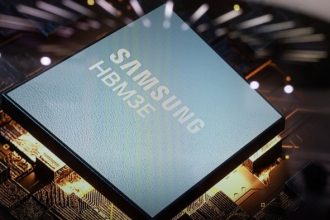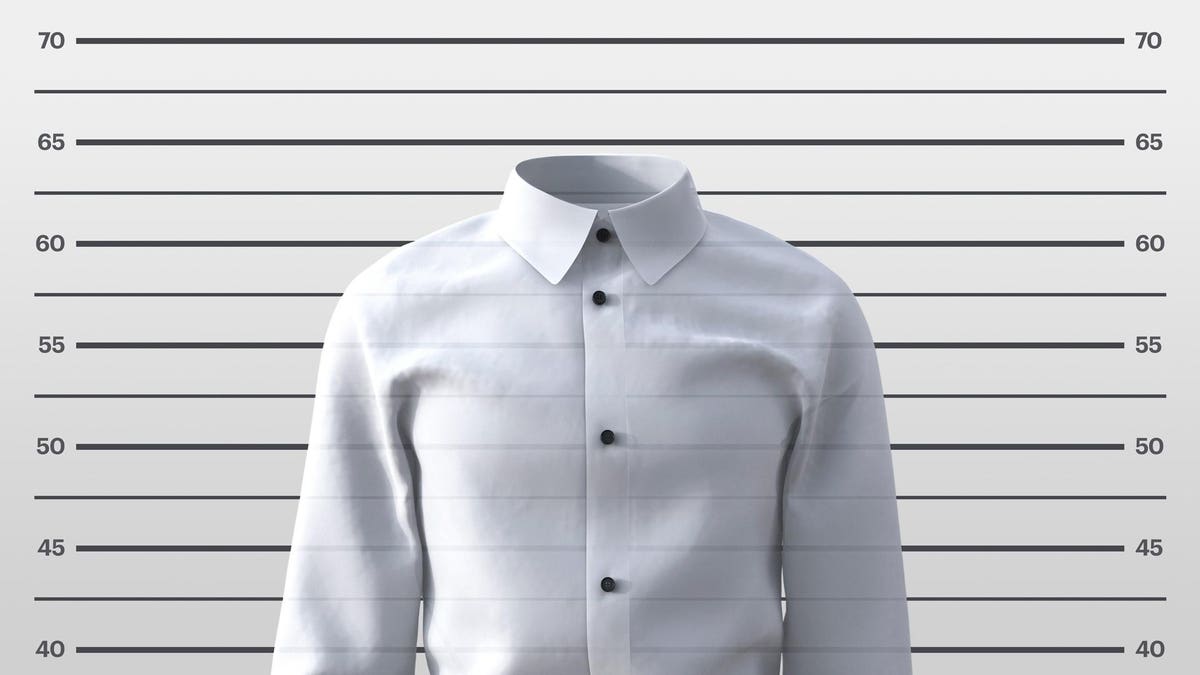New import bans have sent retailers scrambling to prove their supply chains are free from cotton originating from places like China’s Xinjiang region — or else risk millions in seized merchandise.
By Lauren Debter, Forbes Staff
A technology typically reserved for murder trials has found a hot new application: figuring out where in the world the cotton in your shirt is from.
Similar to how a prosecutor might test a blood stain on a victim’s dress to zero in on a suspect, New Zealand-based Oritain is using forensic science to tell companies if they’re guilty of using cotton from problematic places like Turkmenistan or China’s Xinjiang region, which are known for using forced labor.
The startup has seen the number of such requests rise by more than fivefold since 2020 as pressure from consumers and regulators over the use of forced labor has mounted, and today helps over 100 major brands and retailers like Shein, Primark and Lacoste run thousands of tests a month. It looks for possible matches by running a company’s products against samples in its database.
“We can help you understand who in your supply chain is a good egg and who is not,” said Grant Cochrane, CEO of Oritain, which raised $57 million from Chanel and other investors in July.
Technologies like this, which can help a company gain better visibility into their supply chain via product tests, mapping or risk assessment, have quickly gone from nice-to-have to must-have. Last year, sweeping new legislation went into effect in the U.S. that bans companies from importing products from the Xinjiang region and gives customs the license to detain shipments it suspects of running afoul of the ban. Companies have 30 days to prove them wrong.
If importers can’t come up with the evidence, the merchandise must be sent back or destroyed, potentially costing them millions in lost sales. Even if they can, it may take so long that they’re stuck trying to sell things out of season, like shorts and tank tops when everyone is heading back to school.
Since the ban went into effect last June, U.S. Customs and Border Protection said it’s detained $1.7 billion in merchandise, ranging from electronics to apparel to tomatoes. Four in ten of the shipments have been released after companies succeeded in proving the products didn’t come from Xinjiang.
“They’re being very serious, to the point where this has become a top, CEO-level priority for all of our companies,” said Nate Herman, senior vice president of policy at the American Apparel & Footwear Association.
The horrific working conditions in China’s Xinjiang region, which produces a fifth of the world’s cotton, first came to light in 2017 when human rights and other advocacy groups began publishing accounts of Uyghurs, most of whom are Muslim, being held and forced to work against their will. A U.N. report from last year described “patterns of torture or other forms of cruel, inhuman or degrading treatment” that may amount to crimes against humanity. China has defended the program, saying it’s conducting vocational training and other education.
Xinjiang Cotton
Ditching cotton from the region has been a huge headache for the apparel industry. The Australian Strategic Policy Institute found that at least 82 major companies, including Nike, Gap and H&M, had possible ties to the region as of 2019. Two years later, when Oritain randomly collected 1,000 pieces of cotton clothing from different brands across different U.S. stores, it found 16% were made of Xinjiang cotton.
To help companies navigate their split from the region, the United States Fashion Industry Association began holding regular meetings during the pandemic and has hosted webinars with 30 different companies offering various traceability technology, some extremely expensive.
“The nightmare is that customs stops your shipment and asks you to provide all the paperwork to prove the origins,” said Julia Hughes, president of the trade group. “Because that’s extremely demanding.”
The government ultimately wants to see a paper trail starting with the origin of the raw materials and every step of the way. “They’re looking for documentation from dirt to shirt,” said the AAFA’s Herman, who added that most companies will provide hundreds of pages of documentation, including invoices, purchase orders and bills of lading that must be translated into English.
That’s difficult to do if you’re in the dark about segments of your supply chain. In the past, a company may have worked directly with hundreds of suppliers but known little about their suppliers’ suppliers.
More companies are now spending money to create giant, detailed maps of their supply chains so that they can quickly track down details on detained merchandise. For instance, kitchen retailer Williams-Sonoma and shoe companies Hoka and Ugg are working with Boston startup Sourcemap, which is like LinkedIn for suppliers, said CEO Leonardo Bonanni. Each supplier invites their suppliers, who invites their suppliers, until they get a complete list, with the average company ending up with about 50,000 links to its supply chain. While participation rates used to be lacking, they now sit at about 92%. Suppliers who don’t participate are an immediate red flag.
“There’s nothing worse than a supplier who doesn’t tell you where they buy things from,” Bonanni said. Sourcemap, which charges a monthly fee for its software, has seen sales increase tenfold in the last three years. In June, it raised $20 million in funding.
Billions Of Documents
Another startup, Sayari, helps companies scour for hidden links it may have with the Xinjiang region by sifting through billions of documents on corporate ownership and global trade transactions. It may flag a dozen suppliers that it’s identified as having possible links to the region, which the company can then investigate.
“It allows costumers to quickly triage risk in their own supply chains,” said David Lynch, Sayari’s global head of analytical solutions.
Physical product tests, like those performed by Oritain, are sometimes submitted to customs as part of a larger package. But they’re costly and seldom are silver bullets. “At best, it’s a piece of the puzzle,” said John Foote, an international trade lawyer at Kelley, Drye & Warren in Washington.
Typically, a company will use a combination of technologies to piece together its supply chain and may be surprised to find unexpected instances of fraud, abuse or mislabeling.
The stakes can be high. Lawmakers and state attorneys general have even lobbied for Shein’s initial public offering to be put on hold until it can prove it doesn’t use forced labor after a Bloomberg report found links to Xinjiang.
As part of its due diligence into its supply chain, Shein tests hundreds of products a month from all 40 of its mills with help from Oritain. It hopes this will help it support claims that it doesn’t use any cotton that comes from forced labor. About 2% of its product tests showed links to Xinjiang or Turkmenistan, Peter Pernot-Day, Shein’s head of strategic communications, told Forbes. In those instances, Shein ramps up its monitoring and testing. Last year, it terminated its relationship with three mills.
“It allows us to have tremendous surveillance,” said Pernot-Day. “The ability to have confidence in your supply chain, and go to customers and tell them they can have confidence in the clothes they’re purchasing, we don’t assign a price to that.”
MORE FROM FORBES
Read the full article here





